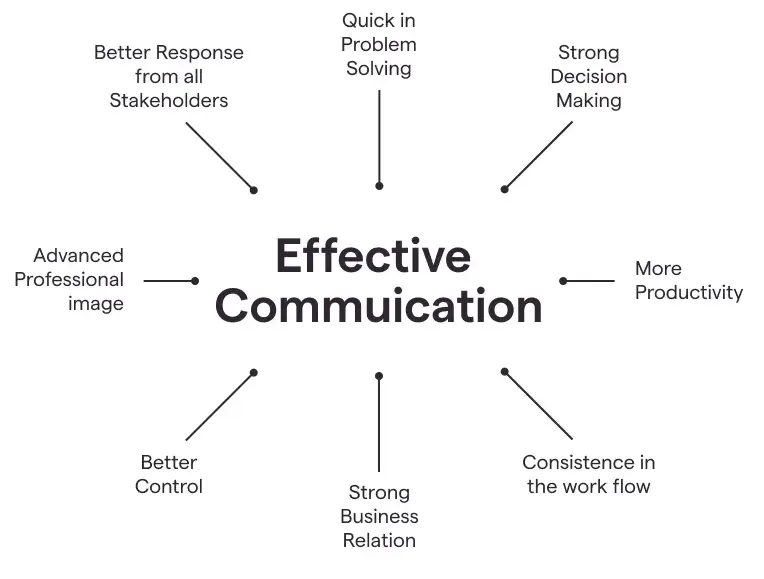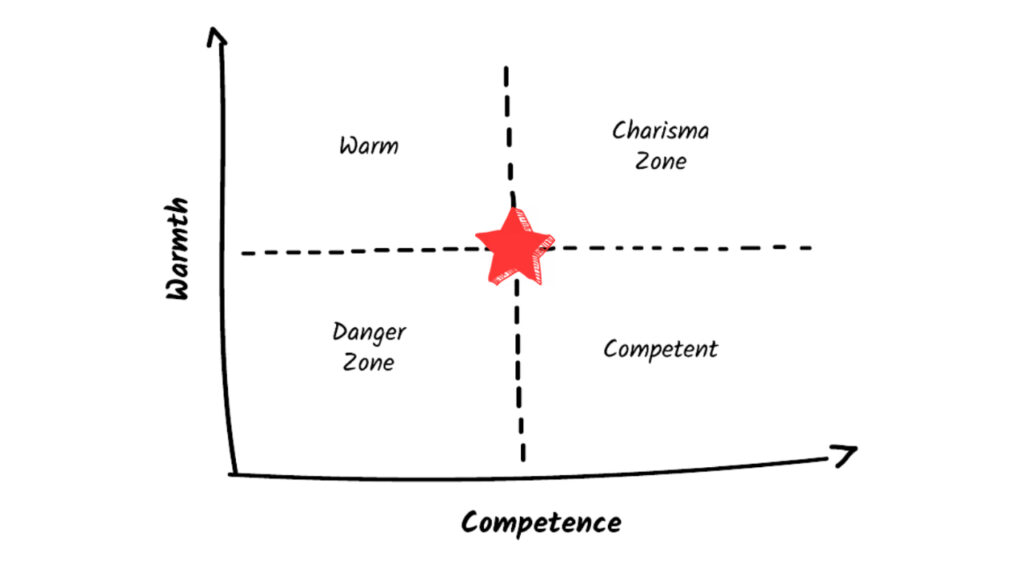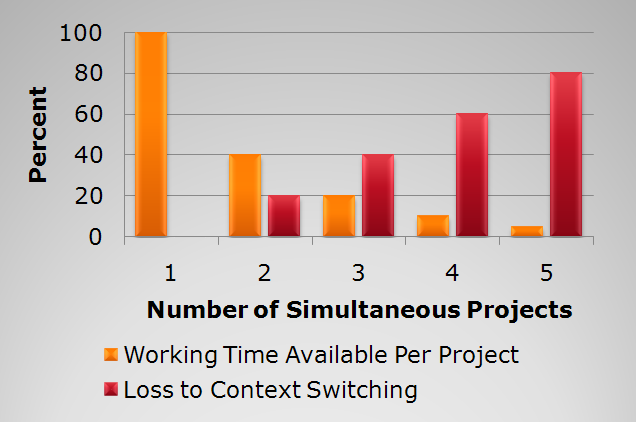Week 3: Delivering Value & Communication
SCRUM Week 3
📘 Summary: SCRUM Week 3 - Delivering Value & Communication
In SCRUM Agile methodology, effective communication and value delivery play pivotal roles in fostering collaboration and project success. Communication should be clear, concise, and tailored to the audience, ensuring messages resonate with their needs and interests. Actively listening, providing practical solutions, and setting clear expectations are essential components of effective communication. Encouraging a feedback loop and following up on interactions contribute to ongoing improvement and commitment.
The importance of a common vocabulary cannot be overstated. Using the right words ensures clarity, reduces misunderstandings, and promotes shared understanding—crucial for effective collaboration. This principle extends to both written and spoken communication. In writing, clarity is paramount, and a feedback loop ensures the message is received as intended. In speaking, prioritizing clarity, adapting to the audience, and utilizing positive reinforcement contribute to impactful communication.
Additionally, the Pareto Principle underscores the significance of focusing efforts on the vital few aspects that yield the most significant results. Multitasking is discouraged as it hampers productivity and quality, leading to cognitive deficits. Finally, an awareness of cognitive biases, such as the halo effect, emphasizes the need for objective judgment to avoid distorted perceptions.
Summary: SCRUM Week 3 - Delivering Value & Communication
Delivering Value, Communication, Common Vocabulary, Pareto Principle, Multitasking, Cognitive Bias, Halo Effect, Effective Writing, Effective Speaking, The Mom Test.
1 Communication
Effective communication hinges on delivering value to your audience. Understand their needs, tailoring messages to resonate with their interests and knowledge.
- Keep communication clear, concise, and relevant, avoiding unnecessary complexity.
- Actively listen, displaying genuine interest in others’ perspectives, and respond thoughtfully.
- Provide practical solutions or insights that address their challenges, emphasizing the benefits.
- Clearly communicate expectations to avoid misunderstandings, promoting efficiency.
- Encourage a feedback loop, learning from input and adapting your communication style accordingly.
- Follow up after interactions to ensure expectations are met, displaying ongoing commitment.
By consistently applying these principles, you establish meaningful connections and contribute value to every interaction.
2 Writing & Speaking
2.1 The mom test
The Mom Test: How to talk to customers & learn if your business is a good idea when everyone is lying to you
The Communication Book provides 44 communication techniques that can be used in everyday situations to improve communication skills.
- The book says you shouldn’t ask your mom whether your business is a good idea, because she loves you and will lie to you. This is technically true, but it misses the point.
- You shouldn’t ask anyone if your business is a good idea.
- It’s a bad question and everyone will lie to you at least a little.
- As a matter of fact, it’s not their responsibility to tell you the truth: It’s your responsibility to find it and it’s worth doing right.
2.2 Words: common vocabulary
Using the right words and a common vocabulary is crucial for effective communication.
It ensures clarity, reduces misunderstandings, and promotes a shared understanding.
Precision in language choice minimizes confusion and facilitates seamless dialogue in various contexts—be it professional interactions or personal relationships.
A common and concrete vocabulary establishes a baseline for meaningful communication, fostering connection and collaboration.
2.3 Writing
In effective writing, clarity is paramount. Clearly articulate your message, tailoring it to your audience’s needs.
Use concise language to convey ideas efficiently, avoiding unnecessary complexity. Employ a feedback loop, welcome input, and adapt your writing style accordingly. Illustrate points with relevant examples for enhanced understanding. Positive reinforcement in your writing can engage readers, and thoughtful follow-up ensures the communication loop is complete. By concentrating on these principles—clarity, conciseness, adaptability, engagement, and follow-up—you create written communication that is not only informative but also impactful and conducive to meaningful interactions.
2.4 Speaking
In effective speaking, prioritize clarity and conciseness to convey your message with precision. Tailor your spoken words to your audience, considering their needs and understanding.
Actively listen, responding thoughtfully to promote engagement. Positive reinforcement in speech fosters a collaborative atmosphere. Adapt your speaking style based on feedback, ensuring effective communication. Utilize relevant examples and visuals to enhance understanding. Follow up verbally to reinforce key points and maintain connections. By concentrating on clarity, audience adaptation, engagement, feedback, and reinforcement, your spoken communication becomes not just informative but also impactful, fostering meaningful interactions and connections with your audience.
3 Clues to communicate
This interview with Vanessa van Edwards, an expert in body language and communication, explains how nonverbal cues, such as posture, gestures, and tone of voice, influence first impressions and social and professional success.
Van Edwards presents scientific research highlighting the importance of nonverbal communication, offering practical advice and techniques to enhance human interactions.
The interview delves into the impact of “cues” on confidence, relationships, and the perception of competence and warmth, suggesting strategies to manage these cues and build more authentic connections.
3.1 Warmth & Competence
Warmth and competence are essential for effective communication because 82% of the impressions we form about others are based on these two factors.
These signals influence how people perceive you and, consequently, how they communicate with you.
- Warmth: Warmth refers to your kindness, likability, and ability to build trust. Warm individuals are often perceived as friendly and approachable.
- Signals of warmth include eye contact, genuine smiles, and an open posture. Warmth can also be conveyed through your voice, such as a warm tone and a gentle pace.
- People perceived as warm are more likely to connect with others and build trusting relationships.
- Competence: Competence refers to your ability, power, and reliability. Competent individuals are seen as intelligent, capable, and efficient.
- Signals of competence include hand gestures, steady eye contact, and a confident voice. Competence can also be expressed through the words you use and how you structure your sentences.
- People perceived as competent are more likely to be taken seriously and respected.
A person with high warmth and high competence is seen as charismatic. These individuals are perceived as pleasant, reliable, and capable, making them more likely to succeed in both personal and professional relationships.
Why are body language and nonverbal signals so important in communication? Our brains tend to believe our gestures more than our words (12.5 times more). This is because it is harder to lie with gestures than with words. Additionally, 82% of the first impression people make is based on the warmth and competence they convey, factors that are primarily communicated through nonverbal signals.
What are the four main channels of signals people send? Signals are divided into four channels: - body language (facial expressions, gestures, posture), - voice (tone, pace, volume), - words (type of language used), - and appearance (colors, jewelry, hairstyle, etc.)
4 Focus to deliver value
Avoiding multitasking and applying the Pareto Principle can significantly enhance focus in communication.
- Multitasking divides attention, reducing the quality of interactions and making it harder to listen actively or respond thoughtfully.
- By focusing on one conversation at a time, you can fully engage, understand nuances, and build stronger connections.
- The Pareto Principle, or the 80/20 rule, suggests that 80% of meaningful outcomes come from 20% of efforts.
- In communication, this means prioritizing key conversations or moments that yield the most impact.
- By concentrating on these high-value interactions and avoiding distractions, you can communicate more effectively, fostering deeper understanding and trust.
4.1 Pareto Principle
The Pareto principle states that for many outcomes, roughly 80% of consequences come from 20% of causes (the “vital few”).
Other names for this principle are the 80/20 rule, the law of the vital few, or the principle of factor sparsity.
- Language: The most frequently used 20% of the words account for 80% of the word occurrences.
- Land Owners: In 1896, Vilfredo Pareto showed that around 80% of the land in Italy was owned by just 20% of population.
- World’s Income: The richest 20% of the humans have 80% of worlds income.
- Health Care: In the US, 20% of the patients use80% of the health care resources.
- Errors: In 2002, Microsoft reported that 80% of the errors and crashes in windows and office are caused by 20% of the bugs involved.
- Business: 20% of the customers are responsible for the 80% of the profit earned and 20% of the complaints received come from 80% of the customers.
- Resources: In home or office, 20 % of the carpet receives 80% of the wear.
- Clothing and Life Style: People wear around 20% of their clothes 80% of the times.
- Fund Raising: The Pareto principle applies to raising funds: 20% of the donors contribute 80% of the total .
4.2 Multitasking
Doing more than one task at a time, especially more than one complex task, takes a toll on productivity.
Although that shouldn’t surprise many people, the extent of the problem might come as a shock. Psychologists who study what happens to cognition (mental processes) when people multitask found that our brains were not designed for it.
Stanford’s professor of communication Clifford Nass, on an NPR broadcast, had clearly summarized the findings:
The research is almost unanimous, which is very rare in social science, and it says that people who chronically multitask show an enormous range of deficits. They’re basically terrible at all sorts of cognitive tasks, including multitasking. People who multitask all the time can’t filter out irrelevancy. They can’t manage a working memory.
They’re chronically distracted [but] they actually think they’re more productive… [They say,] “When I really have to concentrate, I turn off everything and I am laser-focused.”
And unfortunately, they’ve developed habits of mind that make it impossible for them to be laser-focused. They’re suckers for irrelevancy. They just can’t keep on task.
It translates into a:
- Struggle to prioritize: The never-ending change in tasks makes it difficult for us to judge which ones are important, which are urgent and which are just time-filling distractions;
- More error: The overall quality of our work plummets, which results in more manual errors or poor decision-making;
- Productivity loss: Research found that even brief mental blocks created by shifting between tasks can cost as much as 40% of someones productive time.
- At the end multitasking makes us look and feel busy, but actually harm the quality and quantity of our initiatives.
And there are more negative side-effects: because of our brains’ plasticity, when we consistently engage in multi-tasking we reshape our brains for the worse, and we become habituated to this counterproductive way of working.





